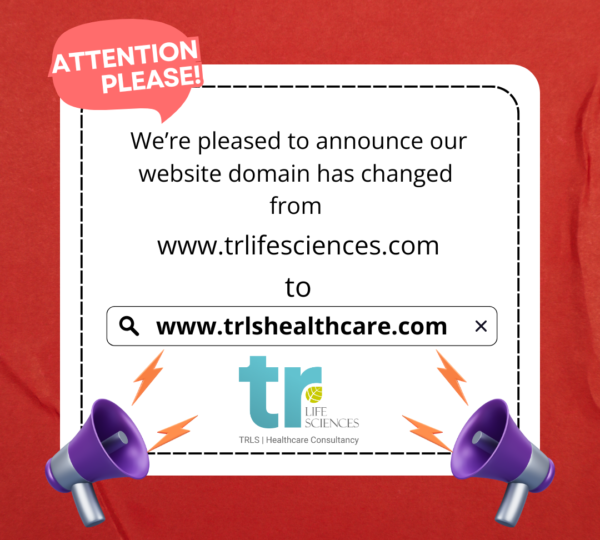
From Good to Great: How Continuous Quality Improvement Enhances Healthcare Outcomes
Continuous Quality Improvement (CQI) is an ongoing process of identifying, describing, and analyzing strengths and weaknesses in healthcare delivery and making systematic efforts to improve them. It involves a cycle of planning, implementing, evaluating, and refining processes and practices to achieve better patient outcomes and enhance overall healthcare quality.
The Core Principles of CQI
- Patient-Centric Care: At the heart of CQI is the commitment to patient-centric care. This means understanding and addressing the needs, preferences, and values of patients, ensuring they are active participants in their care.
- Data-Driven Decision Making: CQI relies heavily on data to identify areas for improvement. By collecting and analyzing data on various aspects of healthcare delivery, organizations can make informed decisions and implement evidence-based changes.
- Team Collaboration: Effective CQI requires collaboration across all levels of the organization. Healthcare providers, administrators, and support staff must work together to identify problems, brainstorm solutions, and implement changes.
- Continuous Learning: CQI promotes a culture of continuous learning and adaptation. Healthcare organizations must be willing to learn from their successes and failures and be flexible in their approaches to improvement.
The Benefits of CQI
- Improved Patient Outcomes: The primary goal of CQI is to improve patient outcomes. By continuously refining processes and practices, healthcare organizations can reduce errors, enhance treatment effectiveness, and improve overall patient health.
- Enhanced Patient Satisfaction: CQI efforts often lead to better patient experiences. When patients receive high-quality, efficient, and compassionate care, their satisfaction levels increase, leading to higher patient retention and better reputation for the healthcare provider.
- Operational Efficiency: CQI can also lead to more efficient healthcare operations. Streamlined processes reduce waste, lower costs, and make better use of resources, ultimately allowing healthcare providers to deliver better care with the same or fewer resources.
- Staff Engagement and Morale: Involving staff in CQI efforts can improve engagement and morale. When healthcare workers see the positive impact of their efforts on patient care, it adopts a sense of pride and ownership in their work.
Conclusion
Continuous Quality Improvement is a vital strategy for transforming healthcare from good to great. By fostering a culture of continuous learning, data-driven decision-making, and patient-centric care, healthcare organizations can achieve remarkable improvements in patient outcomes, satisfaction, and operational efficiency. As the healthcare landscape continues to evolve, the commitment to CQI will be essential in meeting the challenges and opportunities of the future, ensuring that every patient receives the highest standard of care.


